Make hops pellets for Craft Brewery
1. The Market Potential of Hops Pellets
1.1 What are Hops
Hops are the pine-cone shaped flowers of a climbing vine that is native to the temperature regions of North America, Europe and Asia. The plant has male and female bines, but only the female bines develop cones. In brewery, hops provide bitterness to balance the sweetness of malt sugars, as well as flavors, aromas, resins that increase head retention, and antiseptics to retard spoilage. It is the flower of the hop plant used in brewing. Hop flowers are composed of thin, green, papery, leaf-like bracts. At the base of these bracts are waxy, yellow lupulin glands that contain alpha acids responsible for bitterness and essential oils that give beer flavor and aroma, which are prized to brewers.
1.2 Forms of Hops for Brewing
There are several forms of hops for brewers: whole-leaf, plugs, hops extracts, and hops pellets.
1.2.1 Whole-leaf hops
Whole-leaf hops are the whole flowers that have been dried and uncompressed. Whole leaf hops have less surface area exposure to wort than pellets and are less efficient for bittering, so more of them are required to impart an equal amount of bitterness compared to pellets, which results in greater loss to the brewer. Their bulk also makes them more difficult to store and more susceptible to spoilage.
1.2.2 Hop plugs
Hop plugs are whole flowers that have been dried and compressed into a plug about an inch in diameter. Hop plugs have less surface area exposure to wort and thus are less efficient for bittering, so more of it is required to impart an equal amount of bitterness than hop pellets.
1.2.3 Hop extracts
Hop extracts are the alpha acids and essential oils that are pulled from the cones using heat and various solvents. These concentrated liquid extracts can be used in the brewing process just like hops. There are separate extracts for bittering, flavor, and aroma. They are mostly used by large breweries. Hop extracts are easy to store and can be kept for long periods of time without spoilage. Their concentrated state and lack of vegetative matter reduces the amount that must be used and eliminates wort loss. Their concentration can make them difficult to use properly in small batches however, and some claim undesirable flavors from their use.
1.2.4 Hops pellets
Hops pellets are prepared from leaf hops which have been hammer-milled into a powder and the powder subsequently pelletized by passing through a conventional pellet die and they are similar to rabbit feed pellets; one pound of hop cones can yield about 10 to 12 ounces of pellets. They contain all the vegetative and lupulin material of raw leaf hops and can be used as a full replacement for leaf hops in the brewing process and on average the equivalent amount of hops pellets can impart 10-15% more bitterness than whole leaf hops. Hops pellets are generally packaged under vacuum or in an inert gas such as nitrogen to reduce the rate of deterioration. Their lighter weight and compressed state also make them easier to store and less susceptible to spoilage. Thus hops pellets are preferred by the majority of the craft brewing industry.
1.3 Why Hops Pellets Are Commonly Used Form of Hops?
Hops have three main ingredients of relevance to brewers: a-acids, b-acids and essential oils. Brewers normally concern themselves with only two of the three ingredients: a-acids and essential oils; alpha acids are responsible for bitterness and essential oils gives beer flavor and aroma. However, all three of these components loss as hops age. The rate of loss depends on the storage temperature, the amount of air present, and the hop variety. The lower the temperature, the less the hops deteriorate. Therefore for optimum preservation of hop’s valued qualities, they should be stored as cold as possible and away from air. Compared to other three types hops, hops pellets can not only keep out a lot of oxygen, but also their compact form allows them to be easily vacuum packed to slow the deterioration, so the season hop brokers take all remaining unsold bales of poor-storing hops into pellets; the reason pellets are so prevalent in the home brewing trade is that they deteriorate more slowly than whole hops when stored in less ideal conditions; microbrewers like hops pellets from two additional reasons: they are easy to remove from the wort if the brewery uses a whirlpool separator, and they take up much less storage space, making it much more practical to keep them cold. Furthermore hops pellets offer brewers consistency in alpha/beta acid levels and the pellet format is available in volume supply year round.
1.4 International Market Supply of Hop Pellets
Hops are grown in relatively few countries throughout the world. Due to hops’ latitudinal sensitivity, production is restricted to those countries situated between the 35th and 55th parallel north and south of the equator. The dominant hop producing region are Western Europe, Northwestern USA and China, and the main manufacturing regions of hops pellets are Northwestern USA, EU and Asia.The international market for hops is characterized by a few large players who own the majority of the world’s pelletizing machines and extract machine, and a large number of small players. Therefore it has much market share for the people who want to start hops pellets business.
1.5 International Market Demand of Hops Pellets
Because nowadays the number of craft breweries has rocketed and craft beers are being brewed in ever greater variety and volume around the word, especially in USA which now has nearly three thousand craft breweries (other countries include Japan, the UK, Germany and China), the demand of hops is strong and growing. Craft beers use far more hops per liter than standard mass-produced lagers- from four to twenty times as much to give their pale ales and other varieties more taste than what is found in traditional mass-market beers and more and more people become craft beer lovers; and due to its unique advantages, such as less exposed surface area, stay fresh much longer than whole hops, less storage volume and so on, hops pellet can enable brewers to use hops more efficiently. So the hops pellets are the most commonly used hops in the major manufacturing brewers, both large and small. However because there are not enough supply of hops pellets, many craft brewers are willing to pay high prices for the hops. Thus hops pellets have a huge market potential, which means new opportunities for hops pellets producers.
In brief, the unique advantages of hops pellets over other forms of hops in brewing along with the great market demand but not enough supply make the hops pellets have a huge market potential all over the world. On the other hand, with the development of pelletizing technology and the improvement of pellet machines, there are a large number of hops pellets making machine for people who want to start hops pellets business. You can choose the cheap and small capacity flat die hops pellets mill for small and medium scale production or the relatively expensive and large capacity ring die hops pellet mill for large scale production. Along with the sufficient price point elasticity, the hops pellets producers will make a profit and get return on the investment in a reasonable short time frame.
2. The Advantage Analysis of Brewing Beer By Using Hops Pellet
Pellet hops are made by shredding, compressing, and extruding the dried cones. The majority of hops used in the craft brewing industry are pellet hops, especially for those using a glass carboy with a narrow neck, the pellet hops are generally preferred, because getting the whole hops out of the fermentor can be difficult.
2.1 The Common Goodness of Using Pellet Hops in Beer Brew
① The shredding process in making pellet hops exposes the lupulin glands and removes a percentage of the vegetative matter, meaning smaller volumes can be used in the brewery.
② Pellet hops are pulverized, so they have more surface area contact to them, which increases utilization as well.
③ Their lighter weight and compressed state makes them easier to store and less susceptible to spoilage compared with other forms.
④ Pellet hops are condensed into a smaller form, their shelf life is usually longer, because they are not exposed as much to oxygen and heat.
⑤ Usually pellet hops need the packing which prevents deterioration brought about by oxidation of the resins and oils of leaf hops.
⑥ Their pellet state makes them require less packing and storing spaces, easy to measure quantities for using, convenient to ship, simple to dispose the spent hop debris.
⑦ Hops pellet machine improvement and development increase the use scale and effect of this form.
2.2 The Great Contribution of Pellet Hops in Beer Property and Quality
① Pellet hops can cause some foaming when adding, because, much like diet coke and mentos, the pellet have a larger surface area that promotes nucleation of the CO2 left from fermentation.
② Within the brewing process, pellet hops can increase the utilization of alpha acids. Since the pellet hops are pulverized and crushed up during processing, this also crushes up the lupilin glands in the hops, so the alpha-acids can be isomerized in the hops better and gain a higher extraction rate, and it means that you will get more bitterness out in your hops.
③ Pellet hops do not soak up the wort that contains sugars that will be fermented to produce alcohol, so it ensures the standard alcohol concentration in beer.
④ While the brewer can not control the chemical make up of the hops from harvest to harvest, the pellet hops can perform a certain way to reserve the elements required in beer brewing.
These are the important reasons that why pellet hops are often used in commercial brewing and more readily available for home-brew scale.
2.3 Hops Vocabulary
① Alpha acids: the chemical component in hops that gives bitterness to beer when isomerized by boiling.
② Isomerization: a chemical process in which a compound is changed into another form with the same chemical composition but a different structure,
③ Luplin glands: small, bright yellow nodes at the base of each hop petal that contains the alpha acids and essential oils used by brewers.
3. Hop Pellet Production (We can supply complete hops pellet production line)
3.1. Hop Harvest
Due to the rising number of small and in-home breweries, more and more people tend to plant hops by themselves as raw materials. When the hops are ready to be harvested, the small scale hop producer may pick hopes directly from the bine in the field using a ladder or a lift and then to sort hops with the mesh screen. Alternatively, producer in larger production may adopt mechanical equipments like hop picker and sorter machine to separate hop cones from bines and the remaining bines, along with stems and leaves sifted from picked cones, are removed to the composting area.
3.2 Hop Drying
After gathering raw materials, the next step-hop drying is significant. Drying is to remove the moisture from the leafy parts and preserve the volatile lupulin, which allows you to store hops longer deterring spoilage. The volume of your crop will dictate how you dry, you might need to build an oast to handle larger crops.
3.2.1 Methods of drying
●find a place that has as many of the following qualities as possible (hot, low humidity, good air circulation). You can use the basement with a dehumidifier.
●get some screens (like old window/door screens)
●lay the screens out on something that will raise them off the floor/surface
●get a fan to circulate air
●spread the green undried hops on the screens and try to keep it to one hop cone deep
Hops are dried quickly using an even heat source 50 to 60 degrees Celsius in a hop oast. The drying process requires good airflow through the hop cones to ensure even drying. When hop cone moisture reaches 8-10%, which can usually be achieved within 8-12 hours of drying. They are then cooled to a temperature of 20 degrees Celsius. Please note that 6 to 1 weight ratio from green/wet/fresh hops to dried hops for example one pound(16oz) of green hops=approx 2oz of dried hops
3. 3. Hop Crushing
Use a hammer mill to reduce the size of dried hops even further. Get the pieces as small as possible without turning it into dust. The hammer mill consists of feeding hopper, crushing chamber and delivery device. Its key parts are inner roasting rotors fixed with hammers. Hops are swallowed and crushed by rotating hammers in a high speed. With continuous hitting force from hammers, hops break into small particles until small enough to pass screen holes. Large particles need to be re-crushed for a better grinding. After crushing, hop particles are uniform and with proper moisture content to meet further processing. For small scale hop crushing, there are two kinds of hammer mills for choice: diesel driven hammer mills ans electricity driven hammer mills.
3.4. Hops Pelletizing
Make hop pellets with hops pellet mill- a pellet machine that includes a die and roller. The die is a metal plate with holes drilled through it and the roller goes across the die. Dried hops enter the hops pellet mill and are squeezed by the die and roller. The resulting pressure compresses the material and extrudes it through the holes in the die. The die can be flat die or ring die. Either type can be used to make hop pellets. There are two kinds of hop pellets produced: Type 90 and Type 45. For Type 90 the hops are simply cleaned and dried and then ground. Type 45 pellets undergo a more complicated process.
|
|
|
The key concern to remember when pelletizing is that heat created during the process can damage the hops. Take care to process slowly and stop as often as needed to allow the machines to cool down. The hops and hop pellets should not reach a temperature higher than around 45 degrees Celsius. To keep an eye on the temperature you can use an infrared thermometer, which can be found at most hardware stores. You can also alleviate how quickly the pellets heat up by pouring fewer hops in at a time. If you keep the feed slow you can keep the temperature down and process an average of 10 pounds every few minutes.
3.5. Hops Pellet Cooling
Cool the pellets thoroughly. When the pellets come out of the pellet press, they will be hot and moist. Spread them out and allow them to cool and dry naturally. For large scale production, you can choose a pellet cooler.
3.6. Hops Pellet Packaging
Special packaging is necessary to prevent oxidation and deterioration of the resins and oils. Producers should package pellets with nitrogen-flush and vacuum sealing technology to protect hop pellets from both oxidation and light damage. You can choose pellet packing system to do the packaging. Then all packaged hop pellets are kept in cold storage until they are used.
4. Development and Changes of Hops Pellet Machine
4.1 First to promote commercial hop growing east of the Cascades was Charles Carpenter who planted his first rootstock from his father’s farm in New York in 1868. Though fairly isolated, farmers found that hops were one crop they could raise profitably. Yakima Valley growers shipped eighty bales of hops westward in 1876.
4.2 Toppenish and Moxee City became major market centers and have remained so to the present day. Production increase was steady from 1,129 acres in 1920 to 4,600 acres in 1940 and 32,000 today. After WW1, export demands far exceeded supply so new fields were planted allowing Pacific Coast growers to dominate the market. During the 1940’s a transition occurred from handpicking to the use of motorized portable machines. Later the industry transported hop vines and cones to stationary picking machines and driers. Hops pellet machine is invented and applied later gradually.
4.3 Hops pellet machine is also classified into flat die pellet machine and ring die pellet machine.
In the early period, the ring die pellet machine is invented by our country first, while it can not be paid more attention. Europe has introduced the ring die pellet machine technology from our country and made the further modification, which changed it into a European patent. Before learning the ring die pellet machine technology from our country, the flat die pellet machine has always been applied. As the ring die pellet machine is popular in the world, at the reform and opening up, our country started large-scale introduction of ring die pellet machine. The ring die pellet machine has always been the preferred pelletizer at home and abroad due to its high yield and less consumption until now.
After the ring die pellet mill arises , the basic form of pelletizer haven’t changed a lot, while manufacturing level and the technical performance is greatly improved. For making hops pellets with ring die pellet mill, you should choose feed type ring die pellet mill, as it has less compressing ratio and produce less heat, thus can remain hops nature in a great way.
4.4 With the international environmental consciousness enhancement, more and more people aware that straw, wood chips, sawdust and so on can be pressed into pellets. In addition, in the five years, the level of the technology of European pellet machine is improved rapidly; the popular of the ring die pellet machine began to change to initially popular flat die pellet machine to suppress crude fiber and other difficult molding material.
After 1970s, many European countries also have some research about the ring die pellet machine. Today, animal husbandry developed countries, such as the United States, Canada, also made further research about hops pellet machine.

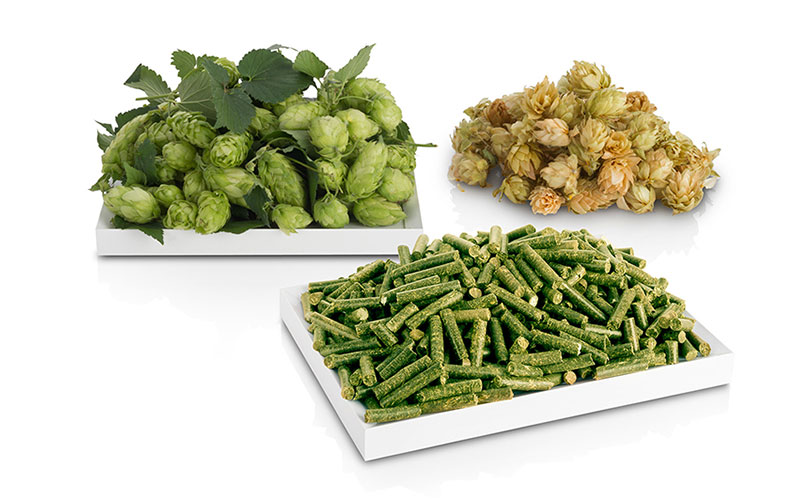







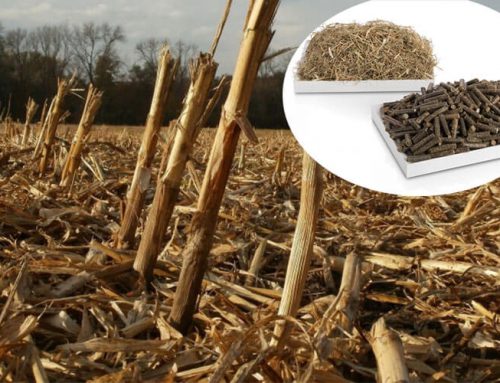
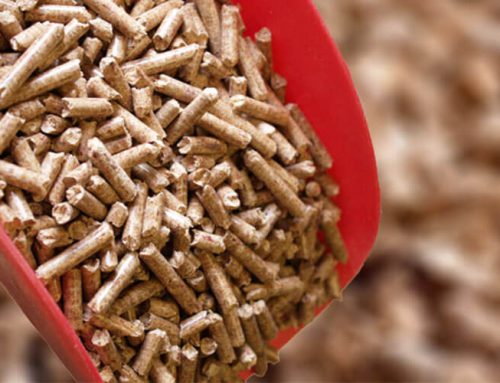
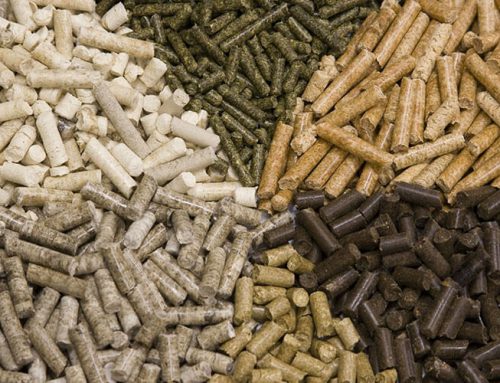
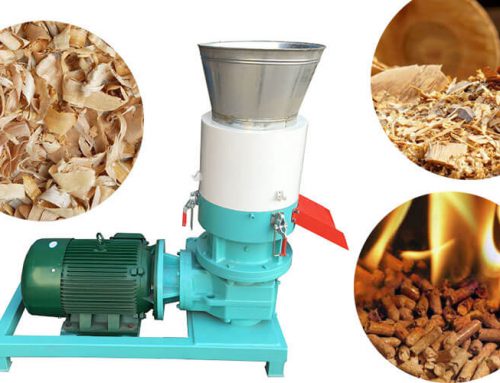
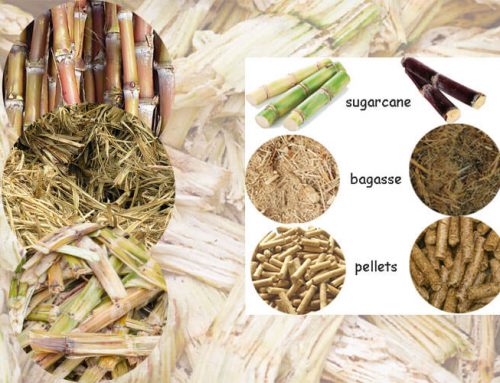
Leave A Comment